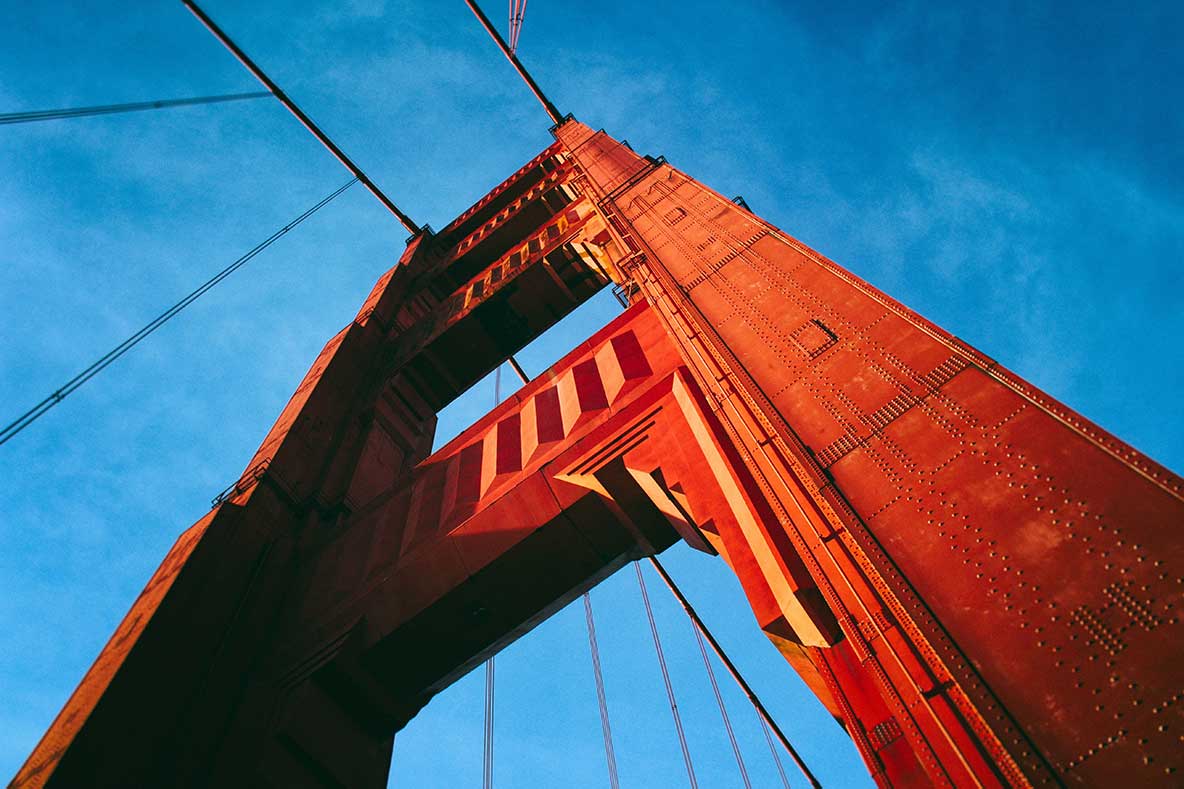Living in San Francisco has taught me that cities are basically giant experiments in human behavior. Every morning I walk past the Golden Gate Bridge and watch the fog roll in, and I’m reminded that even in the most tech-saturated place on earth, we’re still at the mercy of natural rhythms. The bridge itself is this perfect metaphor for modern urban life. Built nearly a century ago, but still carrying us forward every day.
I’ve been thinking about this a lot lately as I watch my neighborhood change. The corner café where I used to grab coffee and work on my laptop quietly for hours? Now it’s packed with remote workers taking video calls, digital nomads planning their next destination, and startup founders pitching ideas over oat milk lattes. The energy is completely different, but somehow it still works.
What fascinates me about modern city living is how we’ve learned to create intimacy within chaos. I have my regular barista who knows my order, my favorite bench in Dolores Park where I can count on decent phone reception, and a walking route to the Mission that avoids the worst of the tourist crowds. These tiny personal anchors make a city of nearly a million people feel manageable, even cozy.
Technology has obviously changed everything about how we navigate urban spaces. I can check if my bus is actually coming, find a bike share station with available bikes, or discover that hole-in-the-wall Vietnamese place that doesn’t even have a sign. But I’ve noticed that the best city experiences still happen when you put the phone away and just pay attention to what’s around you.
The architecture tells the story of how we’ve adapted over time. Those Victorian houses climbing the hills? They were built for a completely different way of life, but people have found ways to make them work for modern families and roommate situations. Meanwhile, the new glass towers downtown are designed for the way we live now, with open floor plans and floor-to-ceiling windows that blur the line between inside and outside.
I love watching how different generations use the same urban spaces in completely different ways. The elderly Chinese women doing tai chi in Portsmouth Square at sunrise. The skateboarders who’ve turned the steps at City Hall into their own personal skate park. The food truck workers who know exactly where to set up to catch the lunch rush from three different office buildings.
Sometimes I think we’re all just improvising this whole modern city thing together. Nobody really planned for electric scooters scattered on every corner or for every coffee shop to become a co-working space. But somehow we adapt, we figure it out, and we keep making these dense, complex places work for human life. Even when it feels overwhelming, there’s something beautiful about being part of that collective improvisation.
